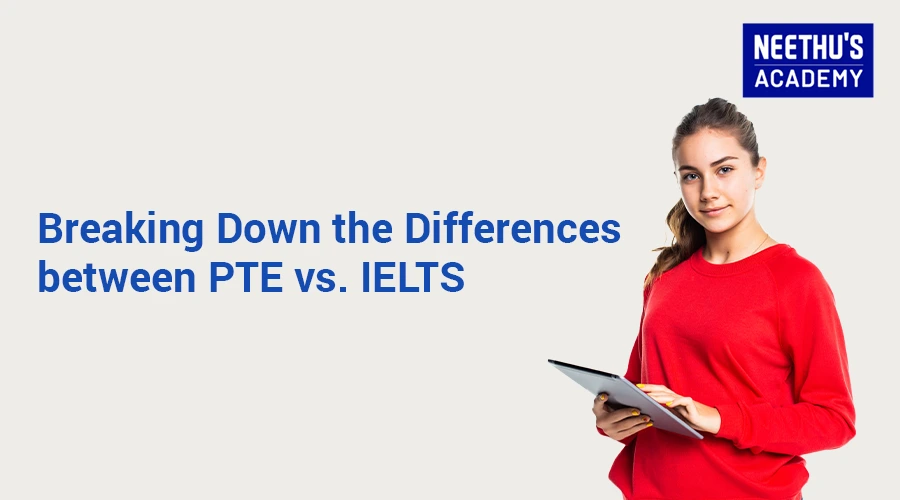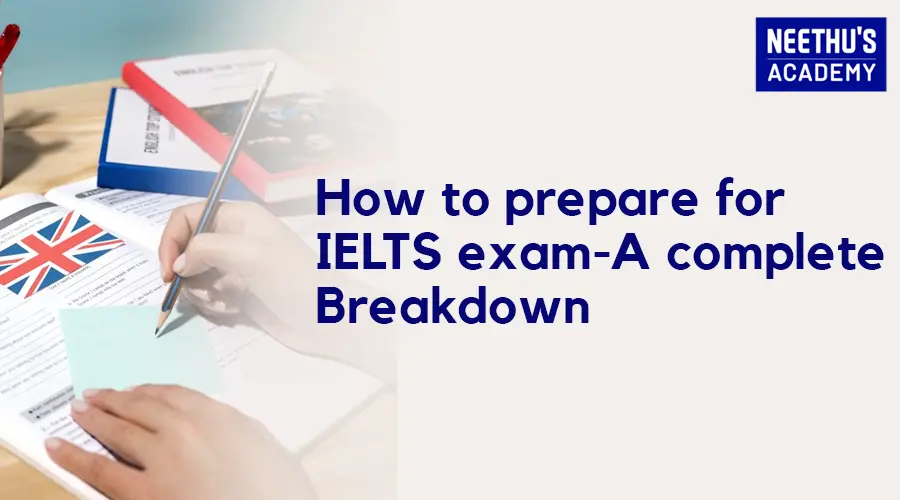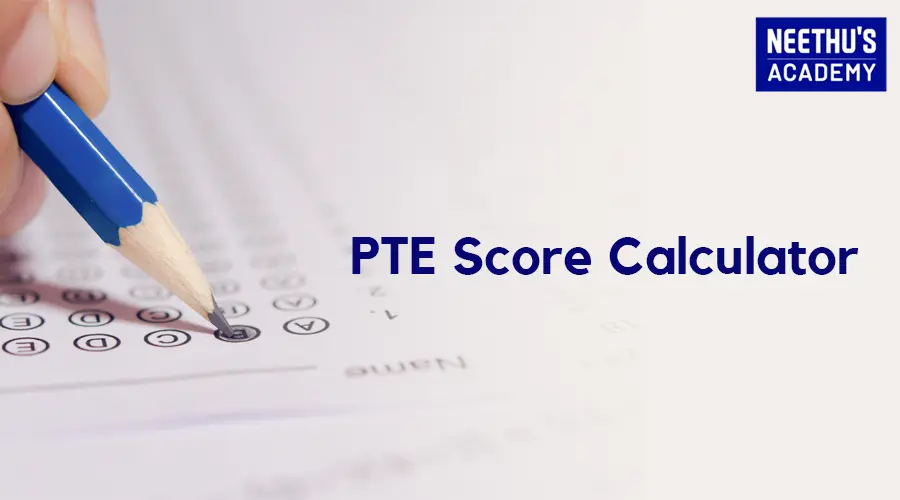What’s the difference between IELTS and PTE?
The Pearson Test of English(PTE) and the International English Language Testing System (IELTS) are two major English language proficiency examinations for individuals looking for options to study,work, reside or migrate to an English- speaking environment. The major difference between IELTS and PTE Academic hinges on individual preferences, their objectives, and purposes. IELTS focuses on face-to-face interactions and thereby assessing practical communication skills, PTE is more of a computer based exam, where the interference is between a candidate and the computer. By understanding the differences between the two tests and considering personal needs, candidates can make an informed decision to choose which option is best for their respective needs.
PTE or IELTS: Which is Better?
As mentioned earlier, deciding between IELTS and PTE depends mostly on your requirements and aspirations thereby assessing your language skills such as proficiency, fluency under different structures offered by these examinations.
The International English Language Testing System, is a world recognized English language proficiency test assessing the language ability of candidates by evaluating four key language skills such as Listening, Reading, Writing, and Speaking. IELTS is jointly managed by the British Council, IDP: IELTS Australia, and Cambridge Assessment English. IELTS has been divided on the basis of purpose for which it is taken, that is IELTS Academic and IELTS General Training. The Academic version is for those who wish to enroll into universities for higher education or professional registration in an English-speaking environment, while the General Training is for the purpose of immigration or employment in English-speaking countries.Let’s explore the difference between PTE and IELTS by closely examining the changes in methodologies.
The International English Language Testing System(IELTS) focuses on accurate assessment under a monitored environment for both divisions of academic and general.
- Highly transparent when it comes to evaluation criteria for both the candidate as well as the examiner through face-to-face interaction. The existence of a double marking system improves the transparency.
- The examination is conducted by certified examiners
- Basically the IELTS examination covers topics in general like from day-to-day life experiences along with practical communication skills.
The PTE when compared to IELTS is an efficient computer-based English language proficiency test trusted by institutions, governments, and organizations worldwide. The PTE examination is also divided into the modules of reading, writing, listening, and speaking. A highlighted feature of PTE examination is receiving results within 48 hours or to the maximum of five business days.The prominent features of the PTE examination are listed below:
- PTE is a Computer-based exam accepted worldwide and is conducted under standardized testing conditions for both divisions of PTE Academic and to the latest addition PTE Core.
- Comprehensive assessment looks after proficiency in language skills or modules such as reading, writing, listening, and speaking.
- A highlighted feature of PTE is that the scoring is unbiased using automated algorithms ensuring fair assessment.
- PTE offers multiple as well as flexible test dates throughout the year, providing candidates the liberty to choose a schedule that suits their convenience.
- The major division of PTE Academic is accepted by thousands of universities,colleges, employers, and governments globally whereas PTE Core is for immigration to Canada.
Thus both PTE and IELTS play pivotal roles in assessing your English proficiency and choosing between the same depends on the specific needs of the individual and their purposes.
Choosing Between IELTS and PTE
To choose between IELTS and PTE, it is quite essential to acknowledge certain factors like the purpose of the exam whether it is for academic purpose or for immigration. But on a larger note let’s look into the pros and cons of these two language proficiency examinations.Attempting any of these language proficiency exams, one should verify which exam is accepted by target institutions or organizations in the country you are about to get settled.
- IELTS is known for its accurate assessment by certified examiners and language specialists, adding credibility to the exam. PTE in comparison to IELTS is evaluated by artificial intelligence eliminating any kind of bias.
- IELTS covers general topics emphasizing on building interpersonal communication skills with face-to-face interaction.
- PTE VS IELTS should be understood in terms of the test format and the scoring criteria. PTE is purely a computer-based exam with varied tasks whereas IELTS holds interference from examiners with different tasks.
- Utilizes artificial intelligence – Provides rapid result processing, typically delivering scores within 48 hours or a maximum within 5 business days.
- The chances of fair evaluation without bias is quite more to the PTE side when compared to IELTS as the evaluation in PTE is done by AI and IELTS by human examiners.
- IELTS offers face-to-face speaking tests, emphasizing interpersonal communication skills and thereby unveiling the cultural and linguistic realm of the test taker whereas PTE requires basic computer knowledge as it is more of a virtual interface.
So choosing between PTE and IELTS have their own pros and cons. You should be acknowledging your needs and make sure to verify and understand your needs, which format you are comfortable with. By doing so, you can choose between the two in the best way possible.THe test taker should have a clarity regarding the exam, test center availability,scoring criteria as well as the evaluation.
Structure of PTE vs IELTS
When considering the structure of PTE and IELTS, the modules like reading, writing, listening, and speaking remain the same but differences appear in terms of the tasks or varied exercises.
Pearson Test of English(PTE)
The PTE exam is completely a computer-based English language proficiency test that assesses candidates’ reading, writing, listening, and speaking skills. It consists of three main parts:
- Speaking & Writing:In this section you will be having tasks such as reading aloud, repeating sentences, describing images, summarizing written texts, and writing essays.
- Reading: Test takers are evaluated on their ability to comprehend written texts through tasks like multiple-choice, re-order paragraphs, and fill in the blanks.
- Listening : The listening part assesses candidates’ listening skills through various question formats including multiple-choice, highlighting correct summary, and filling in the blanks.
International English Language Testing System(IELTS)
The IELTS exam is for evaluating candidates’ English language proficiency across four key skills: Listening, Reading, Writing, and Speaking available in IELTS Academic and General Training.IELTS Academic as the name suggests IELTS Academic is for those seeking admission to universities and institutions where English is the language medium of instruction. IELTS General Training is intended for candidates applying for migration to English-speaking countries or for work-related training and professional experience.
The structure of both IELTS versions is quite similar apart from a few changes in different modules:
- Listening :Candidates are asked to listen to four recordings of native English speakers and answer a set of questions based on the audio content provided.
- Reading: Test takers are made to read a variety of texts and respond to questions designed to assess their comprehension skills.
- Writing: This section requires the test takers to complete two tasks:
Task 1 (report writing for Academic, letter writing for General Training) and Task 2 (essay writing) which is common for both.
- Speaking: The speaking test is conducted face-to-face with a certified examiner and consists of a structured interview covering a range of topics, followed by a short discussion.
Both PTE and IELTS are widely accepted by universities, employers, and immigration authorities globally, offering candidates the opportunity to demonstrate their English language proficiency for academic, professional, and migration purposes.
Comparison Between IELTS and PTE
PTE |
IELTS |
|---|---|
| The test format is purely computer-based. | The test format is either paper-based or computer-based. |
| PTE uses a score range from 10 to 90, with scores reported for each section as well as an overall score. | IELTS uses a band score system ranging from 0 to 9 for each section, with a cumulative overall band score |
| The question pattern is in the order Speaking & Writing, Reading, Listening, Writing. | Listening, Reading, Writing, Speaking. IELTS often features more diverse and traditional question types, including essays and long-form responses |
| The speaking section is based on computer based speaking tasks. | The speaking section is a face-to-face interaction with an examiner. |
| The test is available often throughout the year | The test is available throughout the year |
| The test results will be received in 48 hours or to the maximum of 5 business days. | The test results will be received within 13 days after the exam. |
| Widely accepted for immigration, study, and work purposes. | Accepted for immigration, study, and work purposes. |
| PTE Core is for Canada migration only. |
To choose between IELTS and PTE the test taker should have a thorough consideration of their objectives, preferences,as well as the purposes. While the IELTS exam is based on traditional face-to-face interactions and double marling evaluation by certified examiners, PTE Academic uses modern technology for rapid, unbiased assessment. One should be able to understand the structural differences between PTE and IELTS, so that they can prepare and perform efficiently in the language tests. By familiarizing themselves with the unique features of each test section, candidates can optimize their preparation strategies and increase their chances of success.
FAQs





